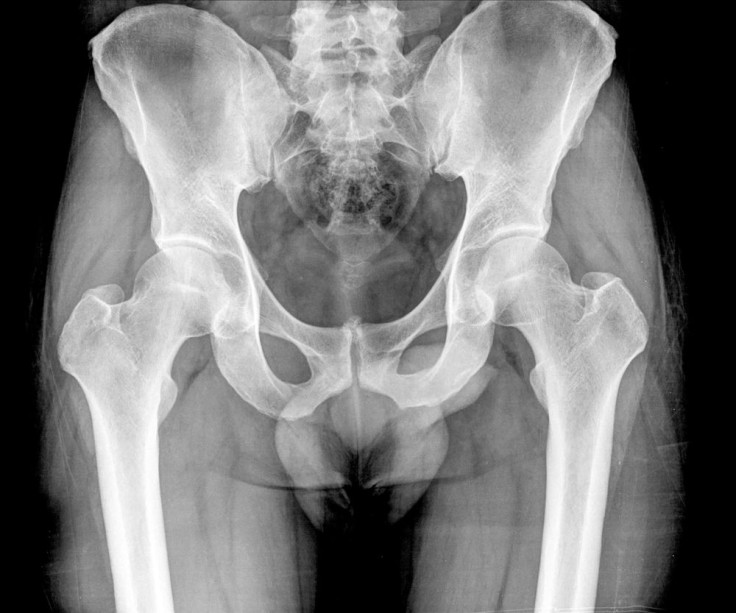50-Year-Old Lithopedion 'Stone Baby' Accidentally Found Inside 92-Year-Old Woman During Routine X-Ray Exam

Following a fall, a 92-year-old woman in San Antonio, Chile, was recently taken to a hospital for a routine X-ray. It was here that doctors found something truly extraordinary: a 4.4-pound mummified fetus doctors believe the woman has carried for about 50 years. The strange condition, lithopedion, occurs when a fetus dies and calcifies outside of the womb.
Lithopedion, which is Greek for “stone baby,” is so rare that there are only around 400 cases of it documented in history. According to Margo Vargas Lazo, director of the Chilean hospital, the calcified fetus was “large and developed” and probably died when it was around 7 months old, Newser reported. As with most cases of lithopedion, the woman was completely unaware of the fetus, which occupied all of her abdominal cavity. The BBC reported that due to the woman’s age, the doctors felt it was best to not attempt to remove it and discharged her after a few hours.
Stone babies occur as the result of an ectopic pregnancy, or pregnancy where the fetus develops outside of the mother’s womb. In the case of stone babies, the deceased fetus has no way to leave the body. Instead of allowing the fetus to rot inside the abdomen and expose the mother to potential infection, her body works to calcify it — or mummify it in calcium. Calcification is essentially an accumulation of salts the human body uses as a barrier against potential infection.
Once calcified, the fetus is left inside the mother, where, such as in the case of the Chilean mother, it usually does not cause any complications. As explained in a 2000 report, in lithopedion, about two-thirds of all patients who fit this diagnosis are over the age of 40, although the youngest recorded case occurred in a woman who was only 23 years old. These pregnancies are extremely rare and only occur in less than two percent of all abdominal pregnancies (which themselves only occur in about one in every 11,000 pregnancies), the report read.
Published by Medicaldaily.com



























